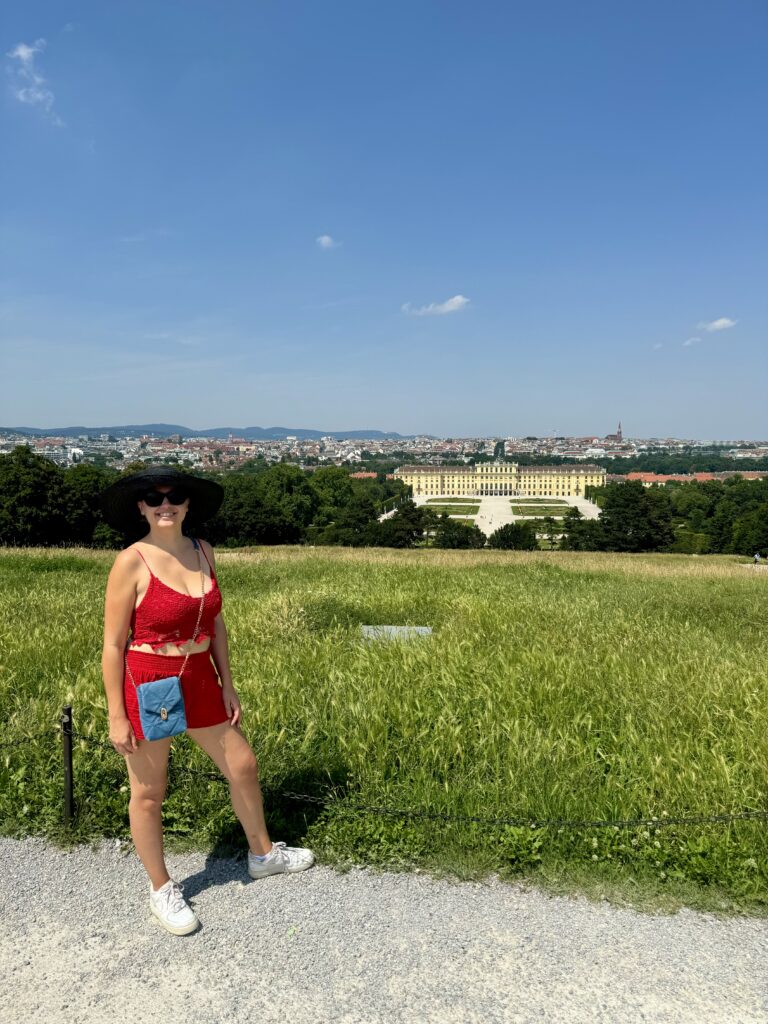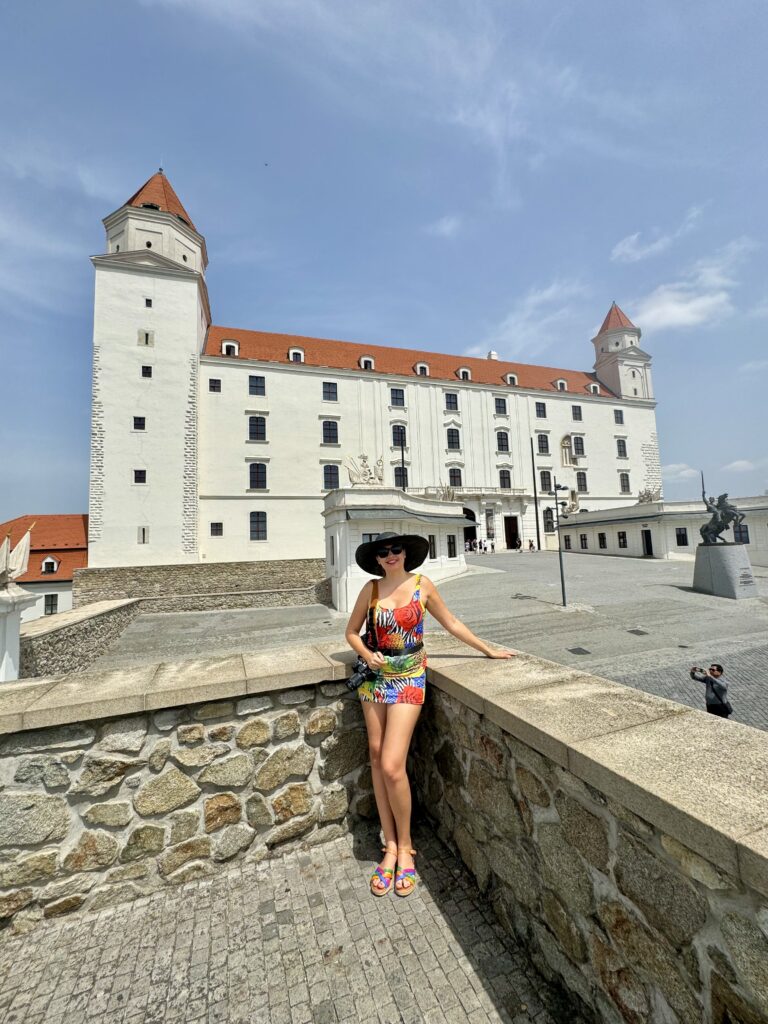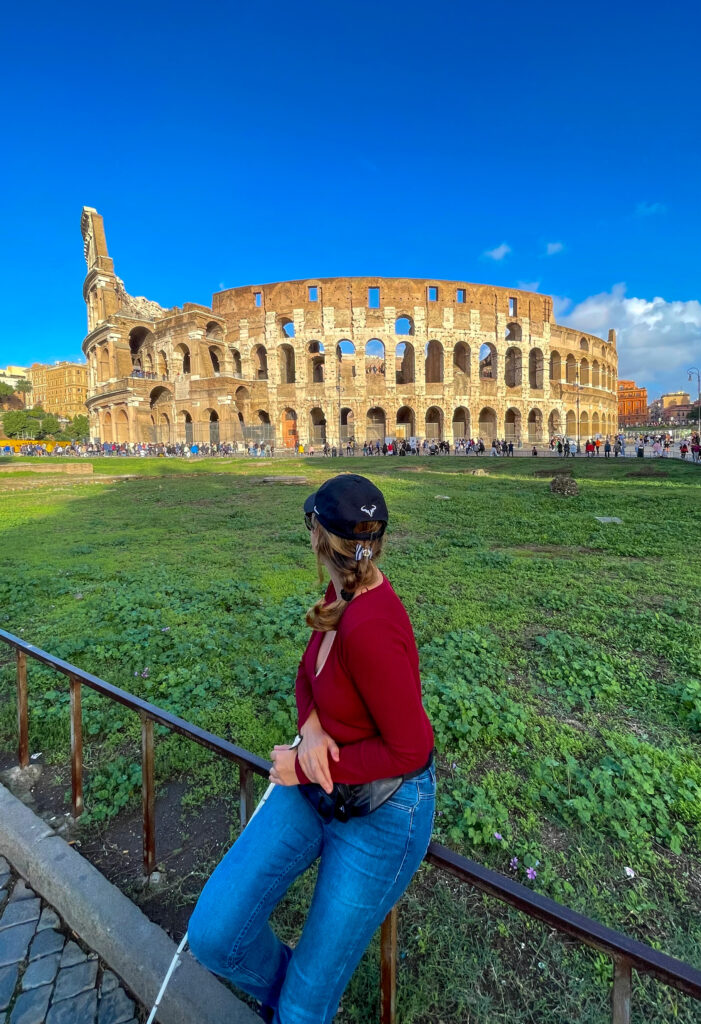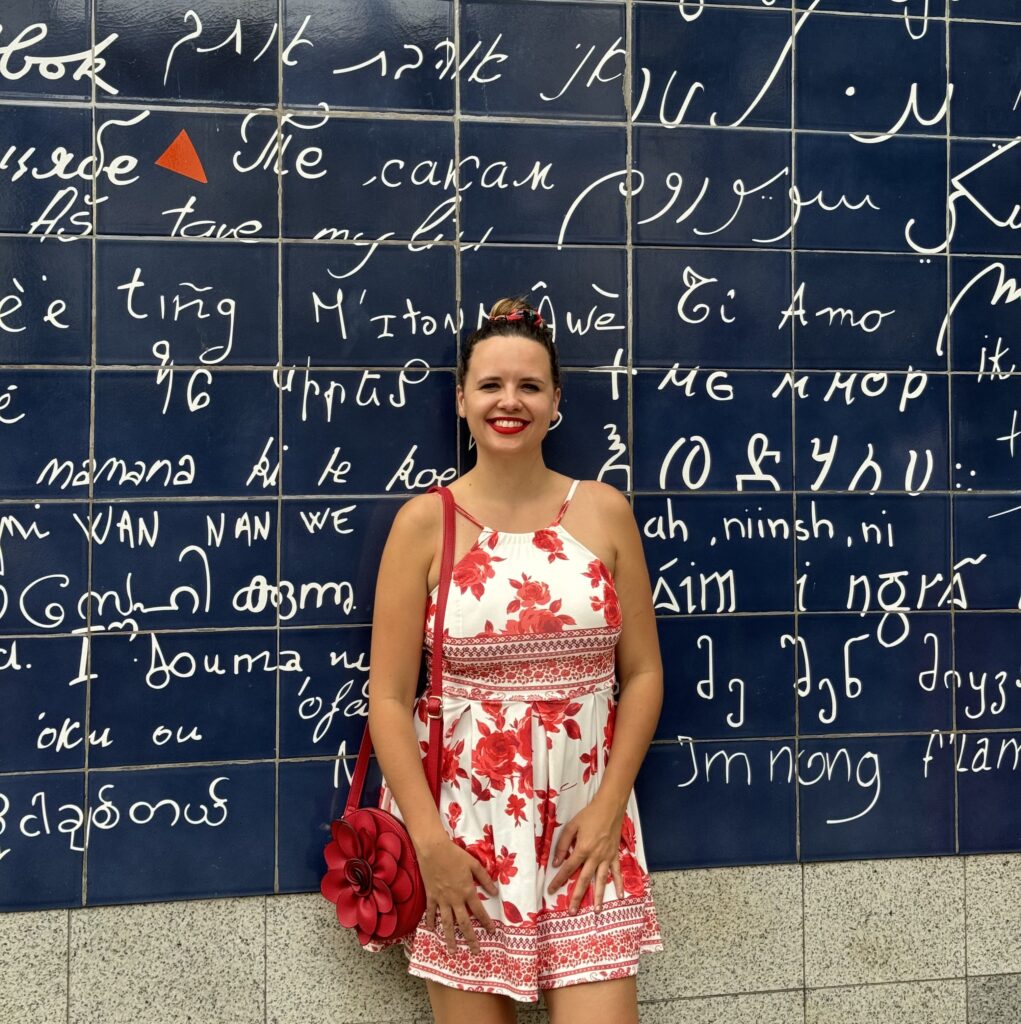City trips promise excitement and adventure, but for travelers like me with a visual disability, they can often be more draining than delightful. Here, I share some of my favorite techniques to make city trips more relaxing. I hope they prove helpful for your next adventure!

 Energy Management
Energy Management 
 Make a priority list + realistic itinerary
Make a priority list + realistic itinerary
City trips can feel especially exhausting when you’re trying to squeeze too much in too little time. I myself used to run from one “must-visit” spot to another, often leaving no time to rest. Now, I make a priority list before my trip, actively choosing the activities I am most interested in. This also gives me a chance to check for any accessibility issues or services I might need.
To manage my energy better, I create a loose itinerary alongside my list. Limiting myself to one visually demanding activity per day, such as an art museum, keeps me from overloading myself. If I plan an evening out, I’ll make sure to rest in the morning or afternoon.
Having these lists doesn’t mean I never do things spontaneously. On the contrary! Having a structure to rely on simply brings me peace of mind, especially when I travel alone.
 If your schedule allows, spend more days than the recommended time OR choose a smaller city
If your schedule allows, spend more days than the recommended time OR choose a smaller city
When I visited Rome in October 2023, I intentionally chose to stay for six days. This gave me plenty of time to check off my priority activities while still leaving room for spontaneity. For example, if the internet says you need two days to explore a city, I know I’ll need at least three to complete similar activities.
If you don’t have extra time, I recommend considering smaller cities. While Rome was fantastic, I spent several mornings and/or afternoons resting at the hotel because the crowds and traffic were so overwhelming. Smaller, lesser-known cities, like Bratislava, the capital of Slovakia, are often not only more walkable but also less crowded and equally charming.
Remember: just because everyone visits a particular city doesn’t mean you have to!

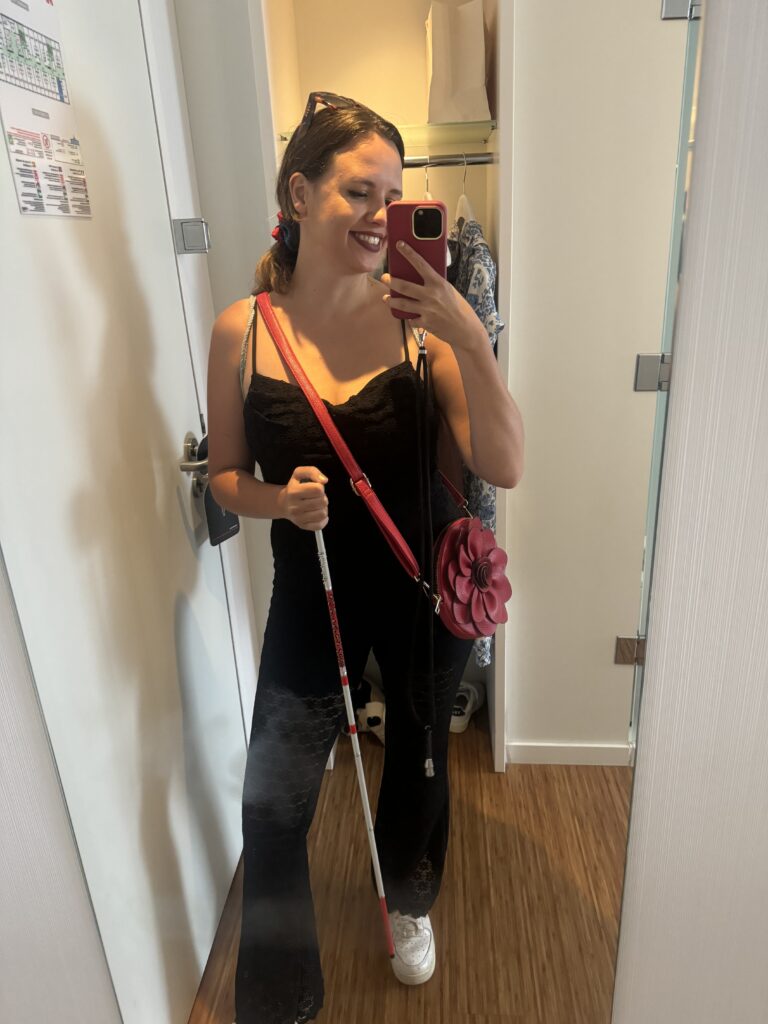
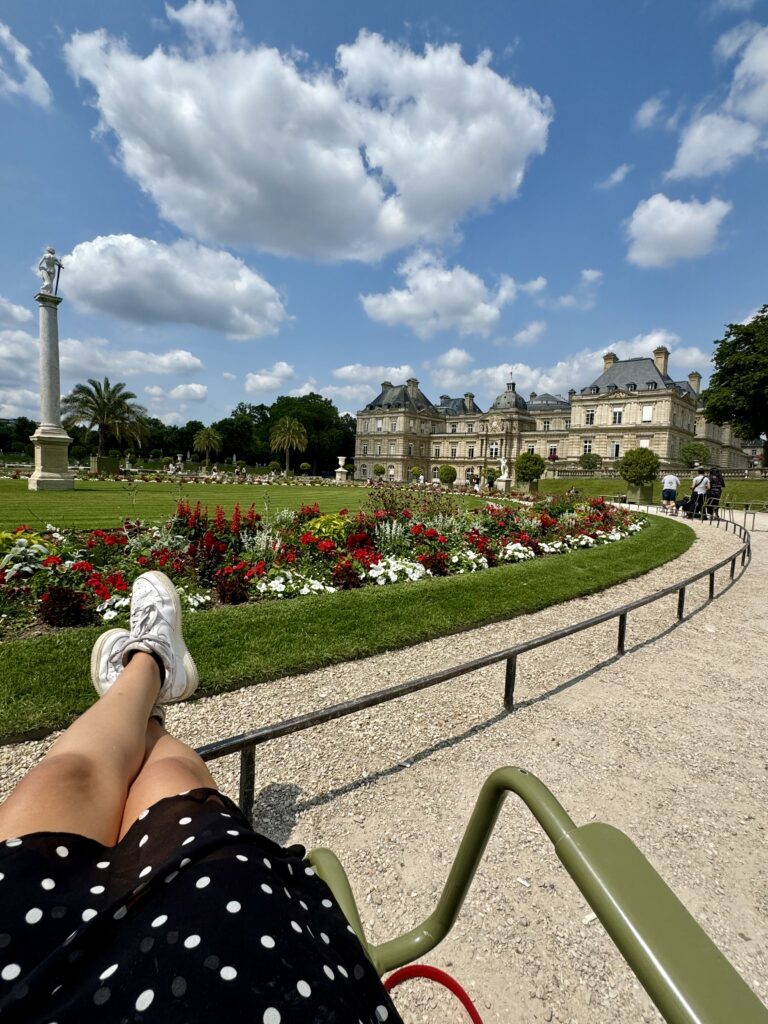
 Location, Location, Location
Location, Location, Location 
 Book an accommodation in a less noisy, but well-connected area
Book an accommodation in a less noisy, but well-connected area
Choosing the right accommodation is crucial, especially if you’re a traveler with a disability. I have found that silence helps me recover my energy more quickly. Therefore, I make sure to book an accommodation in a quiet, but well-connected area. Though these are often a bit further from the city center, being able to return to the quiet after a day of exploring is worth the extra travel time for me.
If your hotel or apartment is closer to the city center, I recommend requesting a room at the back of the building, away from the street. That way, you can still stay in a lively neighborhood without the noise. Works like a charm, every time!
 Check on Google Street View if the area is well-lit and well-paved
Check on Google Street View if the area is well-lit and well-paved
If you’re unsure about the accessibility of your neighborhood, don’t hesitate to contact the staff or owner of the accommodation. You can also explore the streets using Google Street View. Personally, knowing what I can expect just helps me feel more prepared.
🗺️ Navigating Independently 🗺️
1️⃣ The good old ‘Hop on, Hop Off Bus’!
Public transport in a new city can be tricky, which is why I love using hop on, hop off buses. Most major cities have them. Yes, they’re more expensive, but the energy and stress saved from not having to navigate all day is worth the extra coin in my opinion! All you need to do is sit back, relax, and hop off wherever you feel like! 🚌
2️⃣ Study the city map before you go
I like to have a general idea of the city layout before my trip. Any navigation I can do on a big screen means less energy spent figuring things out later on a small phone screen.
I usually also make a list of restaurants and bars near my accommodation. That way, if I get tired, I have nearby options ready, without having to search on my phone. 📱
3️⃣ Use the app ‘Moovit’ for buses
This app was a game-changer for me. It has a vibration feature that alerts you when your stop is approaching—vibrating two stops before and again at your actual stop. This is especially handy when buses don’t have audio announcements (which happens way too often abroad, unfortunately).
You can technically use Moovit for the underground as well, but I’ve found that spotty internet connections can cause the vibration alerts to come too late, often after your stop has passed. 🛜
😄 HAVE FUN & CONNECT! 😄
Lastly, I want to remind you that most people are kind and willing to help if you need it. Learning a few basic phrases in the local language can help break the ice and make asking for help a little easier.
And if you ever feel embarrassed asking questions, just remember: you’ll likely never see them again!
Until the next round of tips! 👏
Love,
Marie
